Looking closely at this building that rises on the right side of the Grand Canal, a symbol of that nostalgic and romantic desire to recover the reflected image of Venice's past greatness, the feeling of a fake, of a pure imitation of what once was, seems inevitable. This is due to the radical restoration, which began in 1869 on a project by Federico Berchet and lasted for about fifty years, which aimed at copying the original Byzantine style, repeating the patere decoration and employing salvaged frames and thousands of sculptural fakes. Certainly before that intervention the building appeared as an immense ruin, in which the original grandiose beauty could no longer be read, or rather could only be read if interpreted in the light of Romantic myth: only a few precious materials and beautiful sculptures subsisted, later reused in the restoration already mentioned.
If, therefore, those much-reviled restoration works had not so distorted it, this would today be the most important example in Venice of Venetian-Byzantine civil architecture. Built probably around 1225 on the initiative of Giacomo Palmieri, consul of the free municipality of Pesaro, who gave rise to the powerful Pesaro family. This family of merchants, belonging to the new Venetian patriciate, accumulated truly vast riches, to the point that they could afford to build two prestigious residences, namely the Gothic palace known as the Orfei palace in San Beneto and the actual palace of Ca' Pesaro built by Baldassarre Longhena on the Grand Canal.
According to the original scheme, the facade of the fondaco is framed between two turrets, a very common element in ancient Venetian palaces of the 13th century. The vast ground portico of access to the water, the largest existing in Venice after the later one in the Doge's Palace, derives from the buildings of the late Roman period and is very suitable for loading and unloading goods, as befitting a merchant's residence. From its origins, this building was considered among the most prestigious of those facing the main Venetian waterway, so much so that in 1381 the Signoria wanted to purchase it for the stellar sum of ten thousand gold ducats to give to Nicolò d'Este, marquis of Ferrara, as a reward for his loyalty to the Serenissima during the War of Chioggia, when the Genoese pushed to the edge of the lagoon with the intention of storming Venice and many Italian and foreign princes and squires had allied themselves with them. From that time on, the palace was given and taken from the Este several times, depending on how the political winds blew between the two lordships. In 1509, because Alfonso I d'Este joined the anti-Venetian League of Cambrai, the building was confiscated from him and given to Pope Julius II, who had expressly requested it. Having passed to Pope Leo X, the latter made a gift of it to the prelate Altobello Averoldo, but since, in 1527, the Este family again found itself allied with the Venetians, the Republic again rendered it to this family and it remained with them until 1602, when Cesare d'Este ceded it to Cardinal Aldobrandini who, in turn, sold it in 1618 to Antonio Priuli, elected doge that same year.
For many years there had been discussion in Venice about the advisability of granting the Turkish merchants a collective seat: the idea had always found some opposition even among the population, and this had delayed the concretization of the project that had been formulated since 1608. The proposal, which had, moreover, already been implemented for the German merchants who had been assigned their own seat, stipulated that the place would be guarded and that the Turks would be obliged to return to it by a certain time in the evening and, in addition, keep their goods here. It was not until 1621 that the Five Sages at the Mercanzia succeeded in renting the fondaco for this purpose; at that time many interior rooms were rearranged from which twenty-four warehouses and fifty-two rooms with wash-houses and services were made. Sensalians and translators assisted the merchants among whom were numerous Albanians and Bosnians: however, it was forbidden for Christian women and beardless youths to enter the fondaco. After the disaster of the War of Candia (1644-69), trade with the East came to an abrupt halt, revenues related to rents paid by Levantine merchants decreased, and the building decayed so much that in 1732 there was even a serious collapse in the structure. Due to inheritance issues, the Pesaro family regained possession, and upon their extinction, the palace passed to the Manin family, who sold it to a building contractor. In 1860 the City of Venice purchased it for 80,000 Austrian florins. The condition of the building was disastrous so the controversial restoration mentioned in the opening of this record was decided upon. In 1865 the headquarters of the Correr Museum was fixed there, but from 1923 the Museum of Natural History was transferred here, which was founded on the initiative of Giorgio Silvio Coen and includes interesting collections concerning especially the fauna and flora of the Venetian lagoon. The rooms of the Fontego dei Turchi now display the various scientific collections existing in Venice, from those of the Correr Museum to those of the Istituto Veneto di Scienze, Lettere ed Arti, the private collection of Count Alessandro Pericle Ninni and others. Noteworthy are the Giordani Soika entomological collection (present since 1983), the Bisacco Palazzi naturalistic collection (since 1986), the Cesari malacological collection (since 1993) the Perale ornithological collection, as well as the famous Ligabue collection with dinosaur fossils and African ethnological collections.
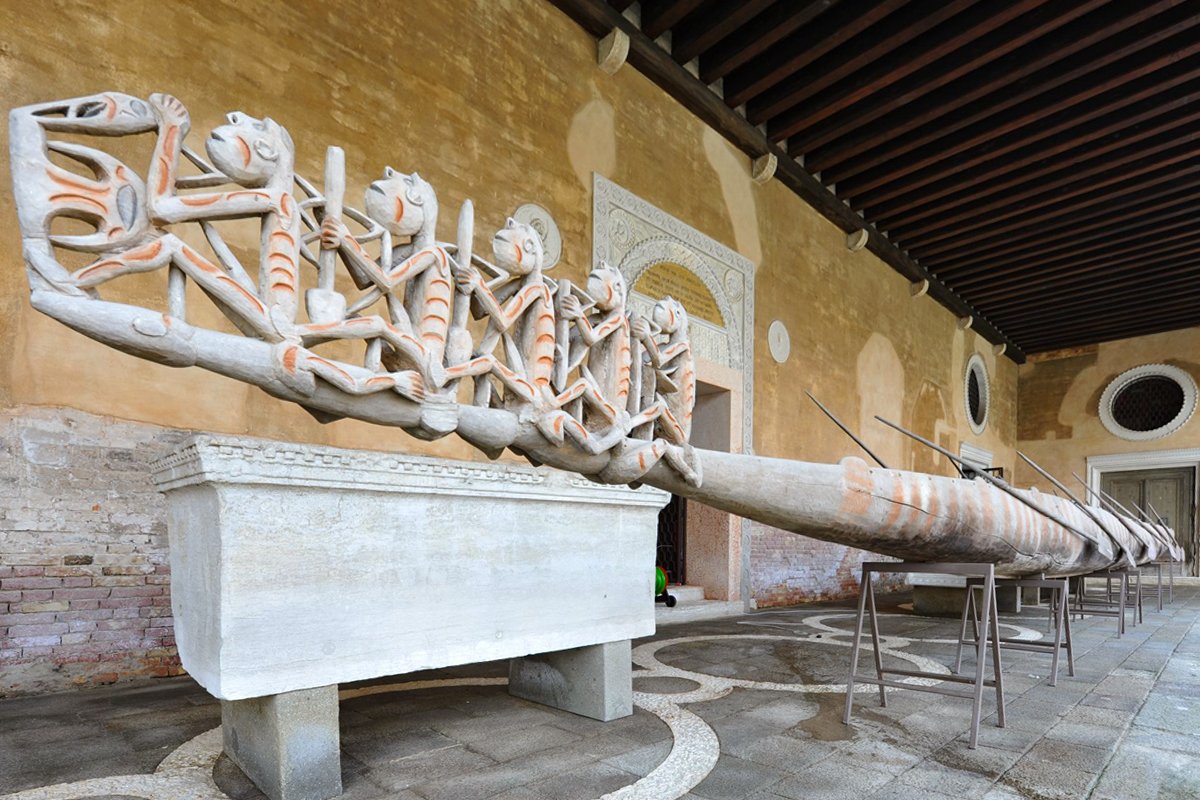
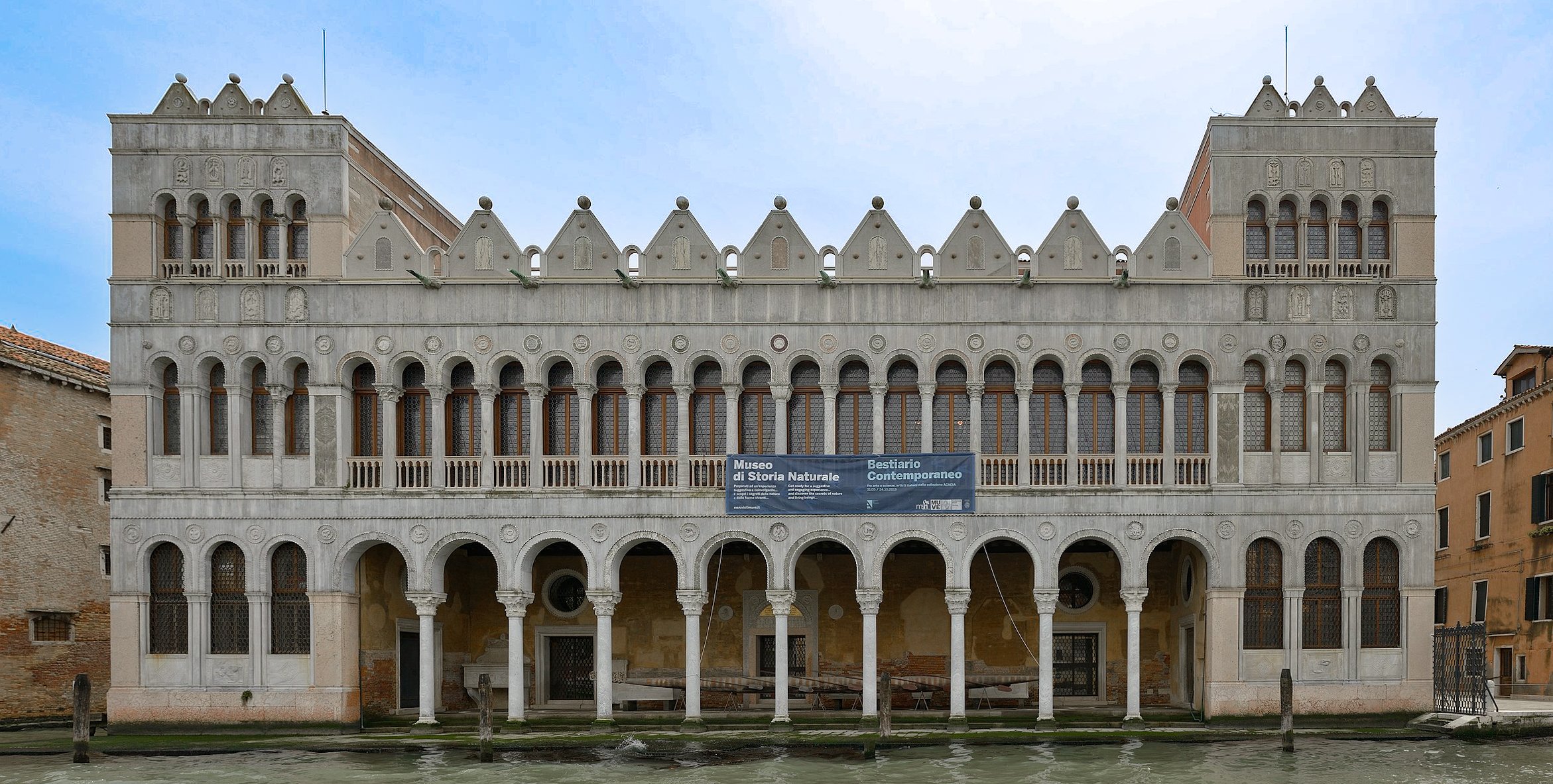
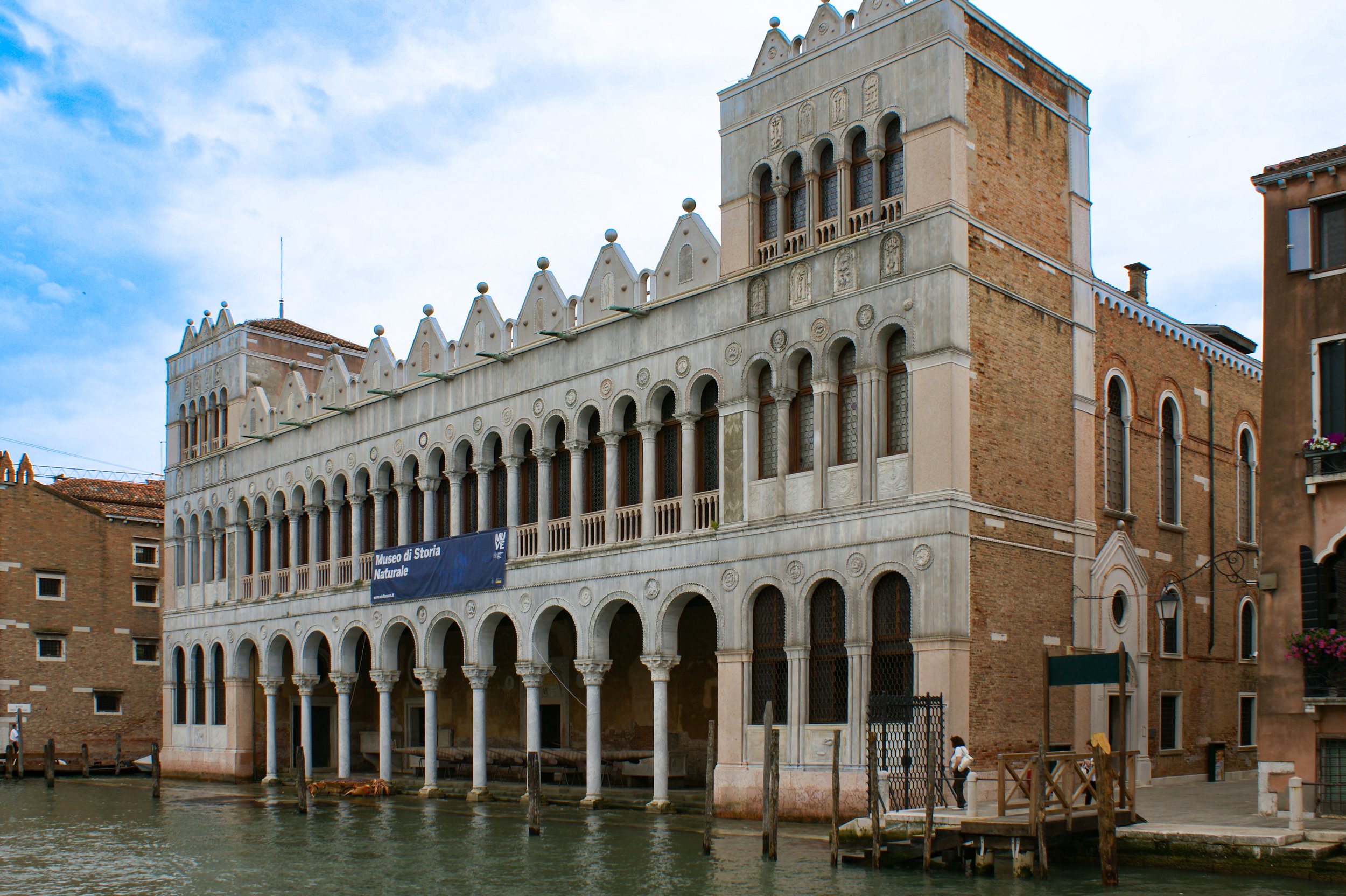
Fondaco dei Turchi - Video
Museo di storia naturale
Grow your audience.
It all begins with an idea. Maybe you want to launch a business. Maybe you want to turn a hobby into something more. Or maybe you have a creative project to share with the world. Whatever it is, the way you tell your story online can make all the difference.
The Venetian palaces
-
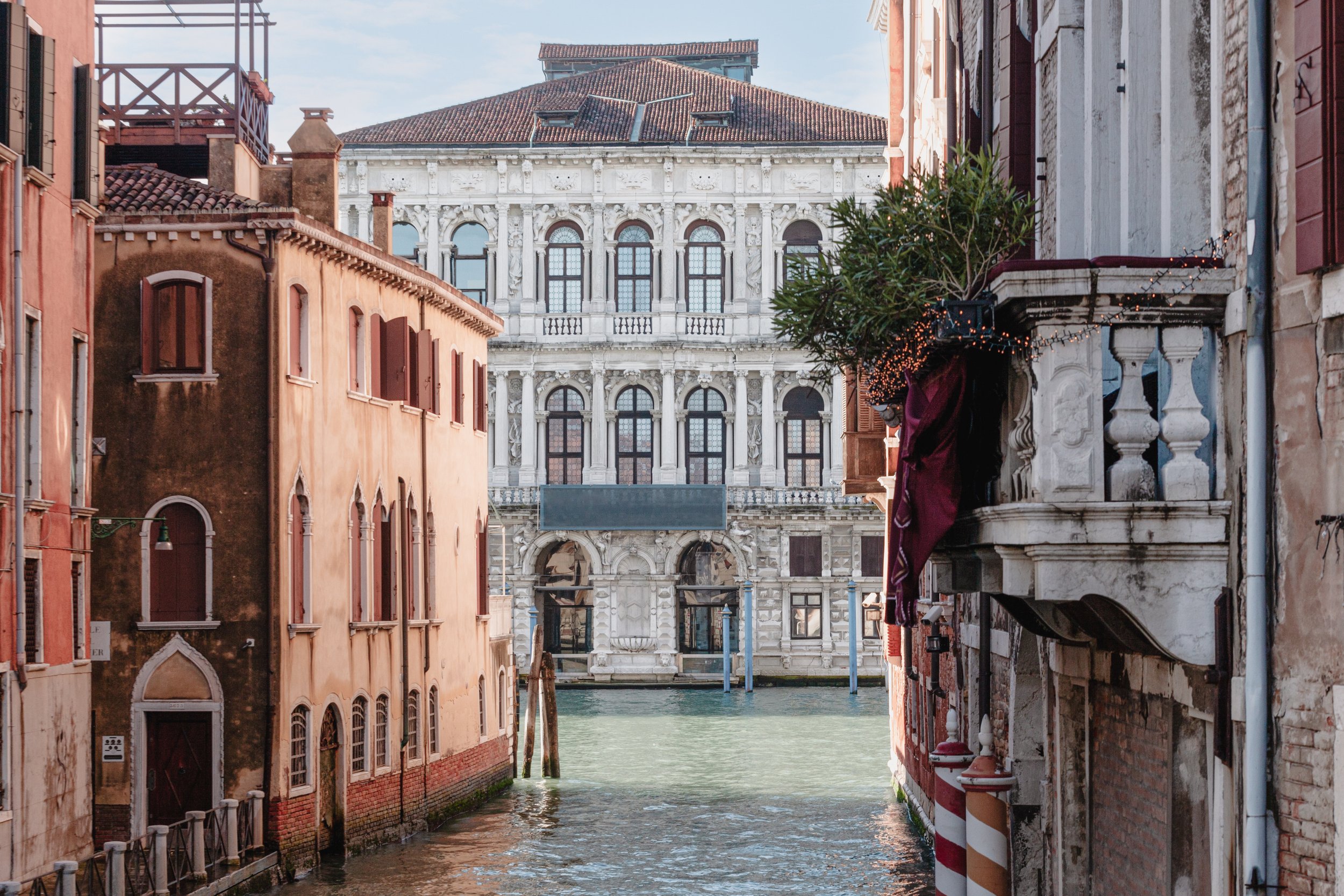
Ca' Pesaro
The Ca' Pesaro is a Baroque marble palace turned art museum, facing the Grand Canal of Venice, Italy.
-

Ca' D'Oro
One of the older palaces in the city, its name means "golden house" due to the gilt and polychrome external decorations which once adorned its walls.
-
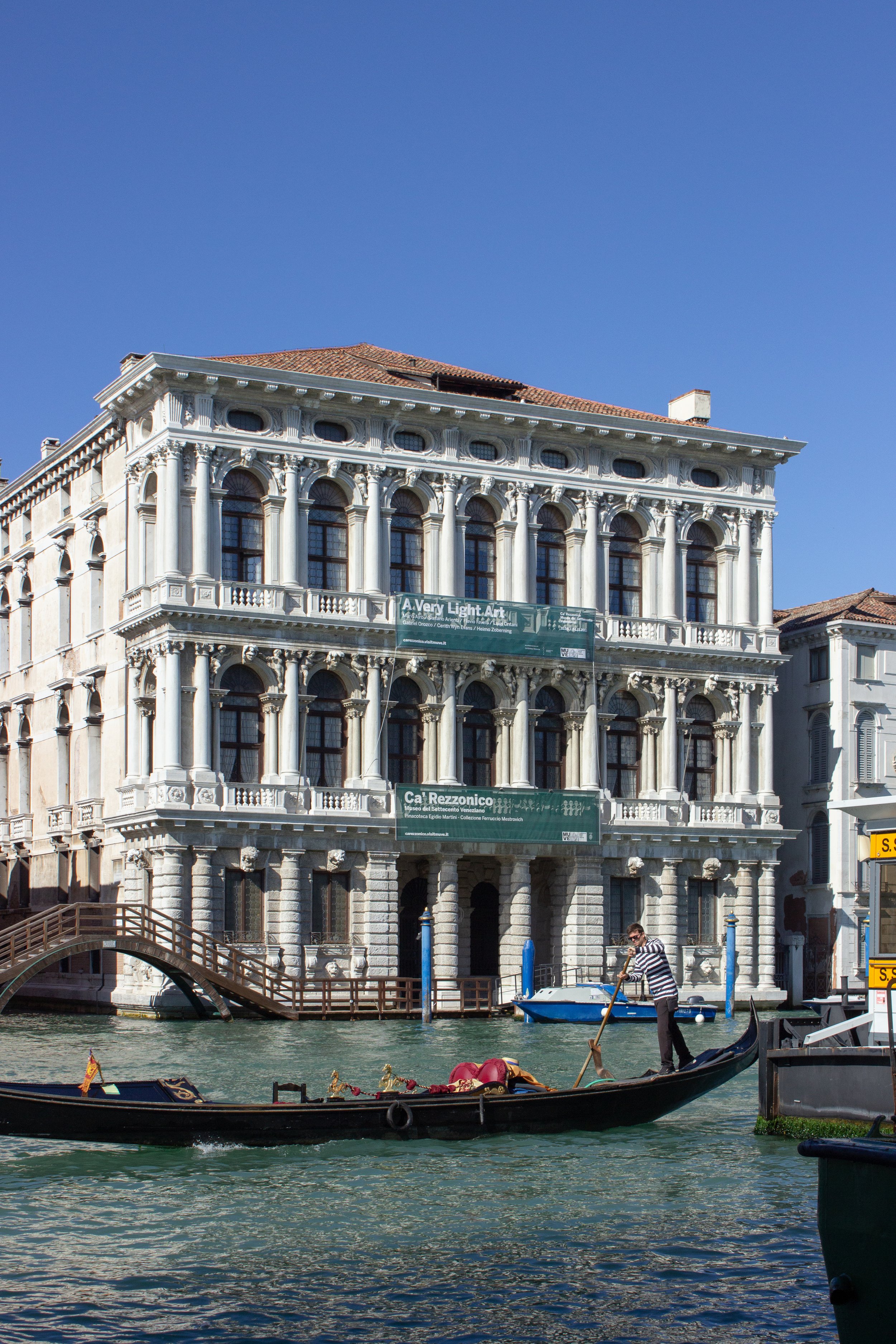
Ca' Rezzonico
It is a particularly notable example of the 18th century Venetian baroque and rococo architecture and interior decoration.
-
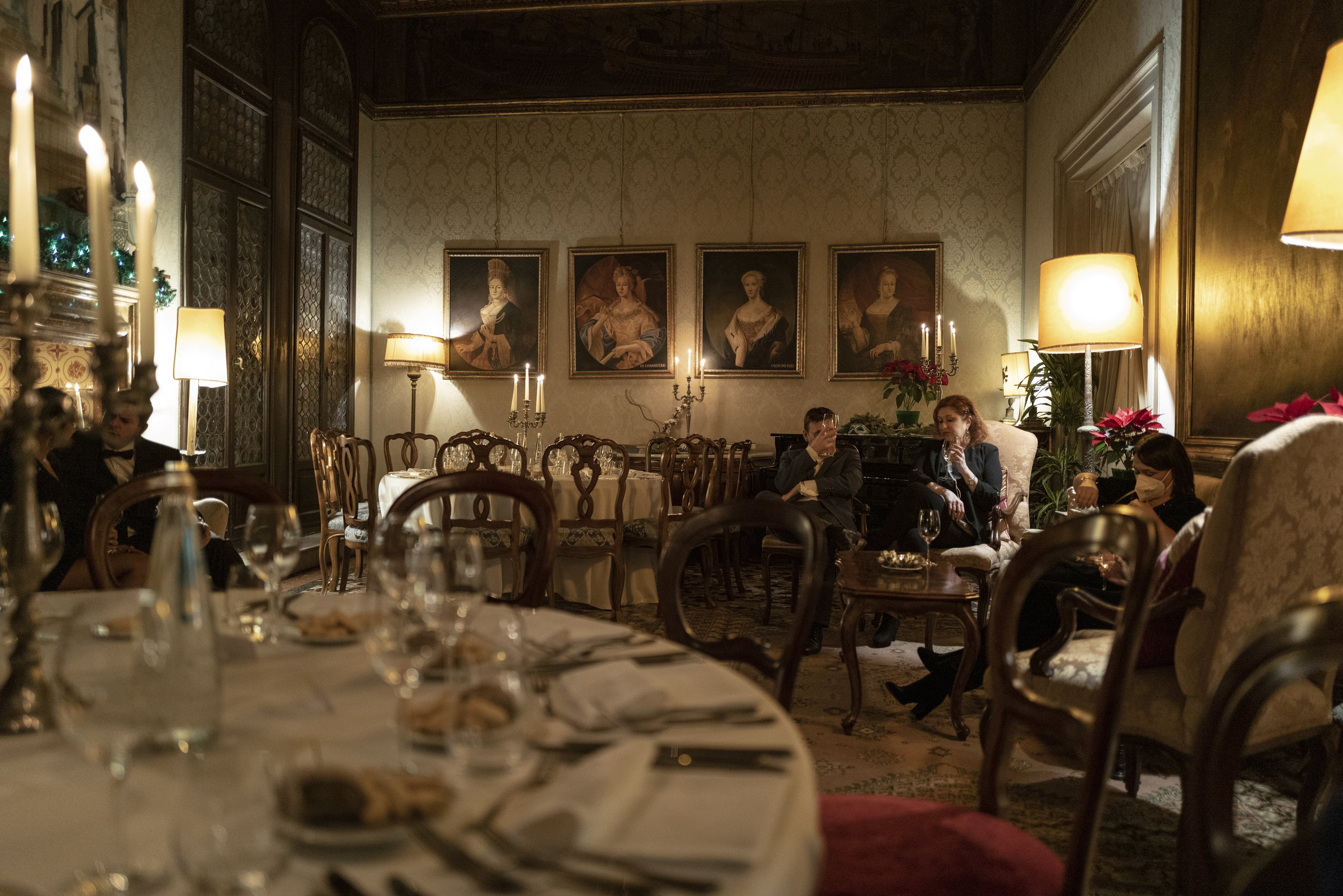
Palazzetto Pisani
The Palazzetto Pisani is a magnificent building overlooking the Grand Canal.
-

Doge's Palace - Palazzo Ducale
A masterpiece of Gothic art, the Doge's Palace is among the Serenissima's top attractions.
-

Ca' Vendramin Calergi
In this prestigious location, among famous paintings, damask rooms, and imposing Murano chandeliers, is now the Venice Casino.
-

Palazzo Grassi
The museum hosts a number of temporary exhibitions throughout the year, featuring works by artists from around the world.
-
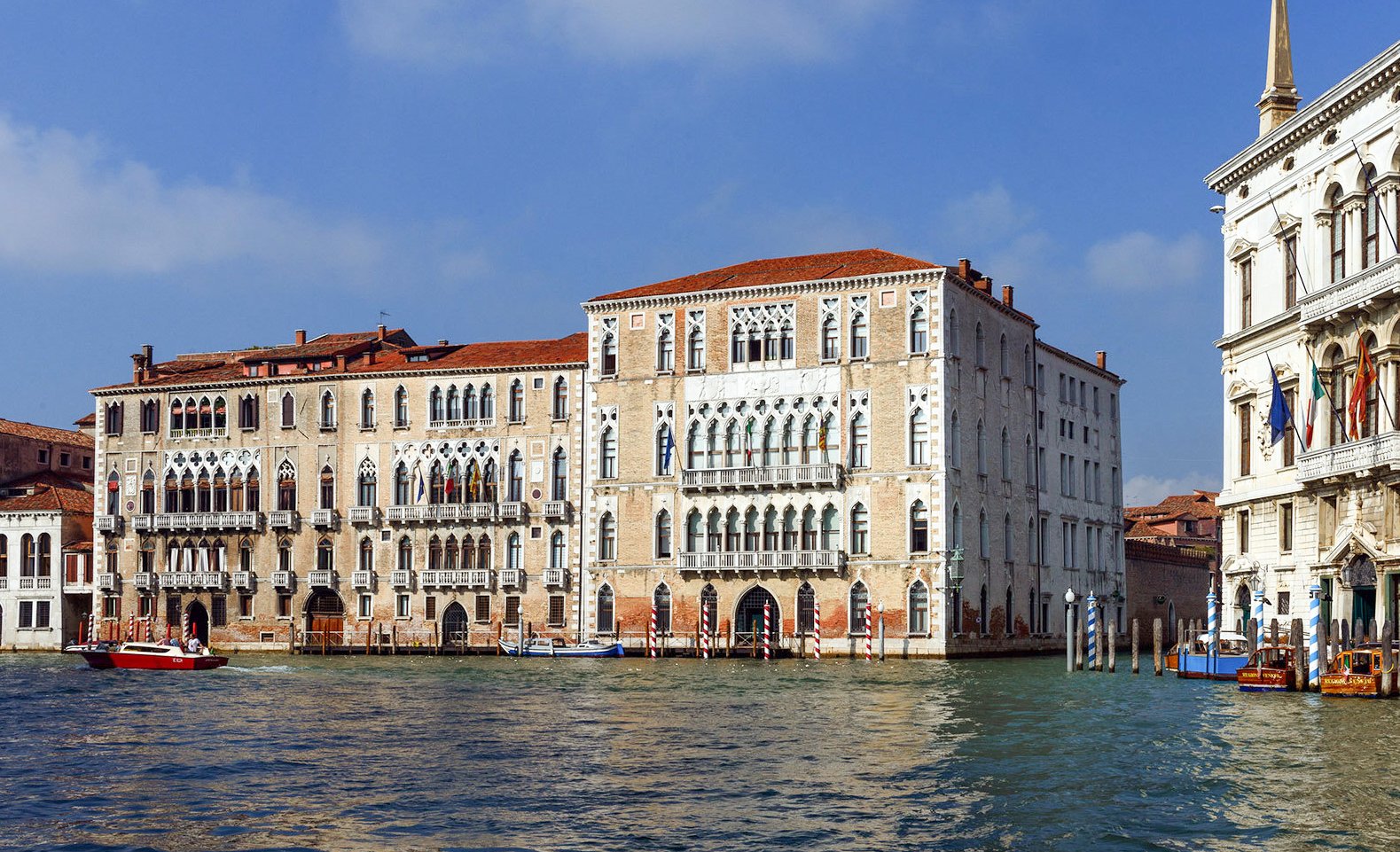
Ca' Foscari
The Foscari Giustinian complex is the headquarters of Ca' Foscari University of Venice.
-

Palazzo Mocenigo
It houses the “Study center for history of textiles, costume and perfume”.
-
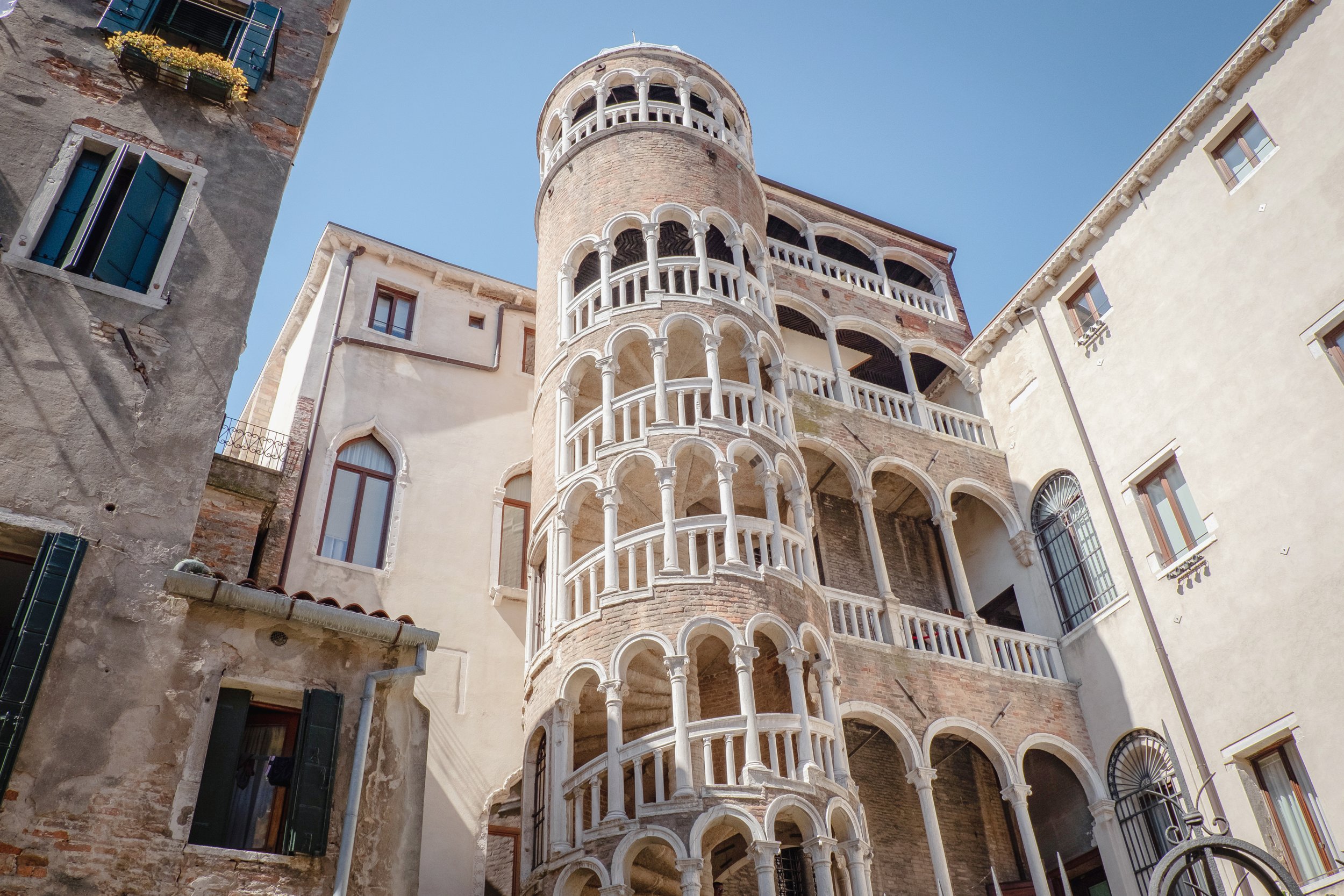
Palazzo Contarini del Bovolo
The most impressive and valuable spiral staircase in Venice.
-

Fontego dei Turchi
Natural History Museum of Venice.
-

Palazzo Fortuny
The Museo Fortuny or Fortuny Museum is an art museum in San Marco, in central Venice, Italy.
-
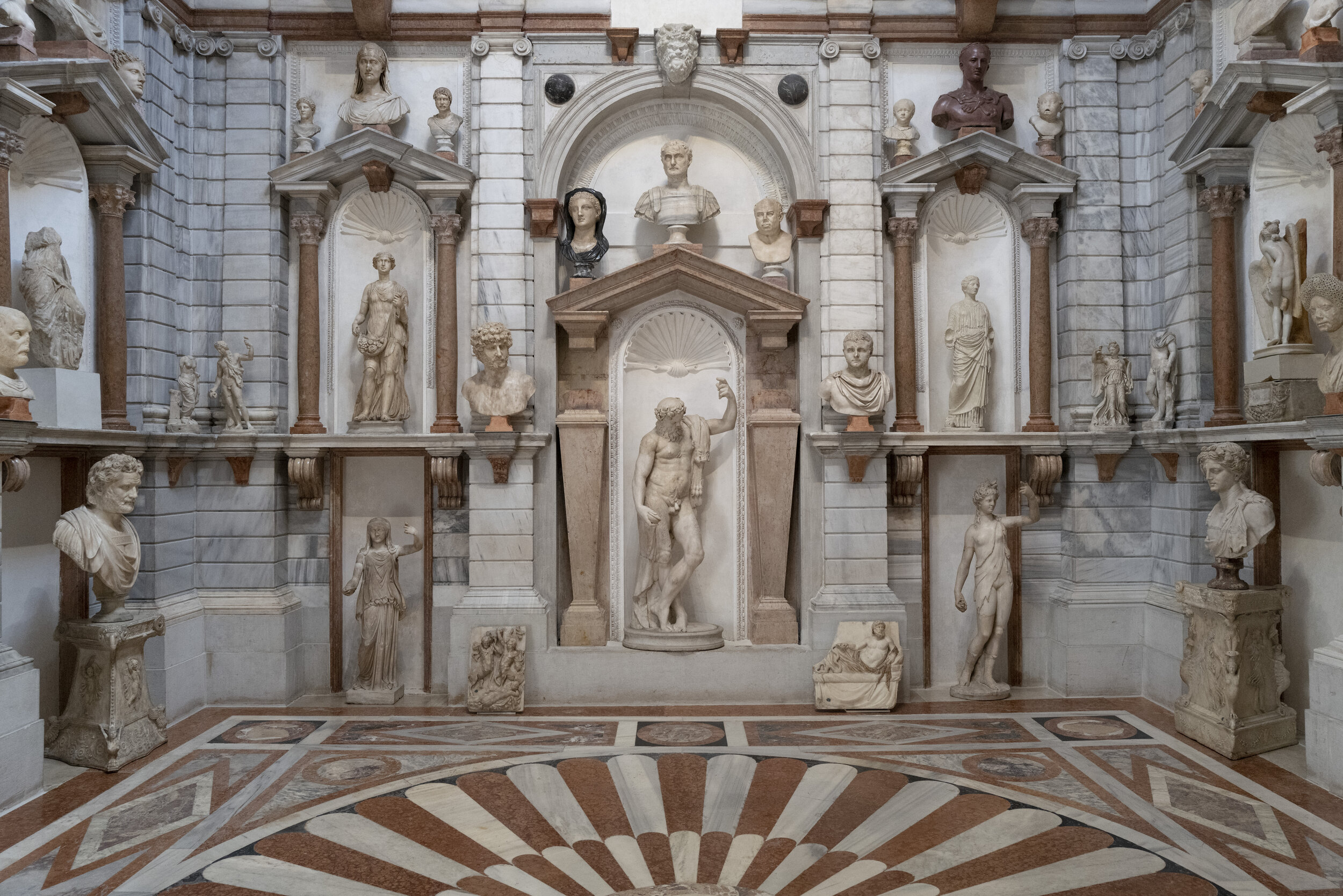
Palazzo Grimani
A unique venue for the history and architecture in Venice. Of extraordinarily high quality are the well furnished rooms.
About Venice
Palaces
Doge’s Palace - Palazzo Ducale
Islands and districts
Festival del Cinema di Venezia
Rialto Bridge - Ponte di Rialto
